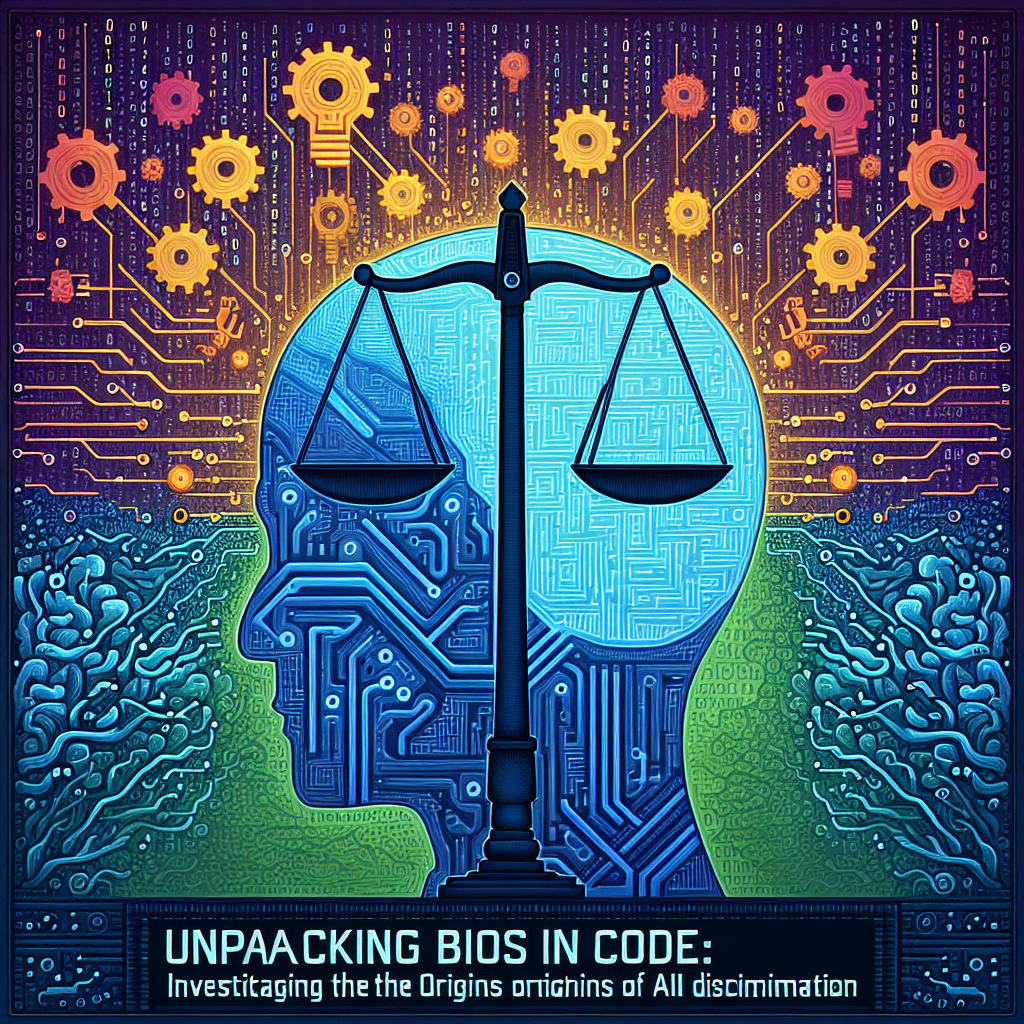Introduction
With artificial intelligence (AI) becoming increasingly integrated into our everyday activities—from recruitment processes to medical diagnostics—there’s an escalating concern about bias within AI systems. Such biases can result in discrimination, often perpetuating existing social inequalities. Grasping the origins of AI discrimination is essential for developing fair and equitable technology.
The Nature of AI Bias
AI bias emerges when algorithms yield systematically unfair results due to inadequate data or design choices. This bias can influence diverse decisions, such as approving loans, hiring employees, and determining criminal sentences. Essentially, AI bias can stem from two main sources: data-driven and algorithmic.
Data-Driven Bias
-
Training Data: AI systems acquire knowledge from historical data sets. If these data sets include biases related to race, gender, age, or socioeconomic status, these biases may be mirrored in the AI’s outputs. For example, an AI model trained on data that predominantly represents specific demographic groups may find it challenging to perform effectively for others.
-
Sampling Issues: An unequal representation of various groups in the training data can intensify bias. Often, marginalized communities are underrepresented, resulting in outcomes that fail to accurately reflect their realities.
- Historical Inequities: Numerous AI systems inherit and magnify historical injustices. For instance, an AI trained on previous hiring practices might perpetuate discriminatory trends, favoring certain demographics disproportionately.
Algorithmic Bias
-
Model Design: The algorithms themselves may be created in ways that inadvertently favor certain outcomes. Design decisions—like feature selection and weighting—can embed biases within the system.
- Feedback Loops: AI systems often depend on user feedback. If a biased AI generates discriminatory outcomes, user behaviors may reinforce those biases, establishing a challenging cycle to disrupt.
The Consequences of AI Bias
The effects of bias in AI are extensive. Discriminatory practices can lead to:
- Economic Disparities: Biased hiring algorithms can disadvantage specific groups, restricting their job opportunities and perpetuating economic inequality.
- Healthcare Inequities: In the medical field, biased AI systems can result in misdiagnoses, inadequate treatment suggestions, and unequal access to care for marginalized communities.
- Legal System Inequalities: Predictive policing tools that disproportionately target certain neighborhoods can contribute to the criminalization of communities of color, establishing a cycle of oppression.
Addressing AI Bias
Diverse Data Sets: Organizations should ensure that their training data represents the population comprehensively. This entails gathering data from underrepresented communities to prevent perpetuating biases.
Algorithm Auditing: Conducting regular algorithm audits can help uncover biases. Utilizing fairness metrics—tools that assess how outcomes vary among demographic groups—is crucial in this endeavor.
Inclusive Development Teams: Diverse developer teams can provide varied insights, helping identify potential biases during the design stage. Collaborating with community stakeholders can also ensure AI systems meet the needs and values of those they impact.
Transparency and Accountability: Organizations must be open about how their AI systems function. Clearly communicating AI decision-making processes can foster trust and create pathways for accountability.
Conclusion
The issue of bias in AI is a pressing challenge as technology advances. While the roots of AI discrimination are complex and multifaceted, proactive measures can mitigate their effects. By reassessing our data usage, examining algorithms, and diversifying development teams, we can create AI systems that equitably serve all members of society. Only through collaboration and dedication can we ensure that technology uplifts rather than marginalizes underrepresented communities.

